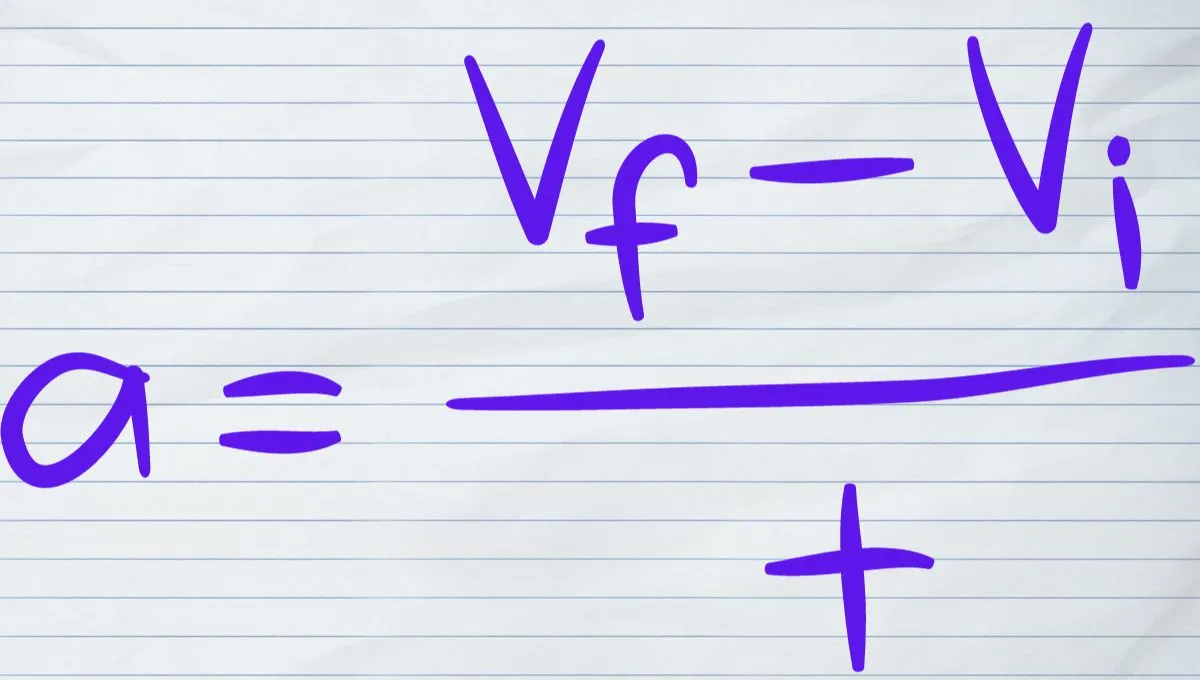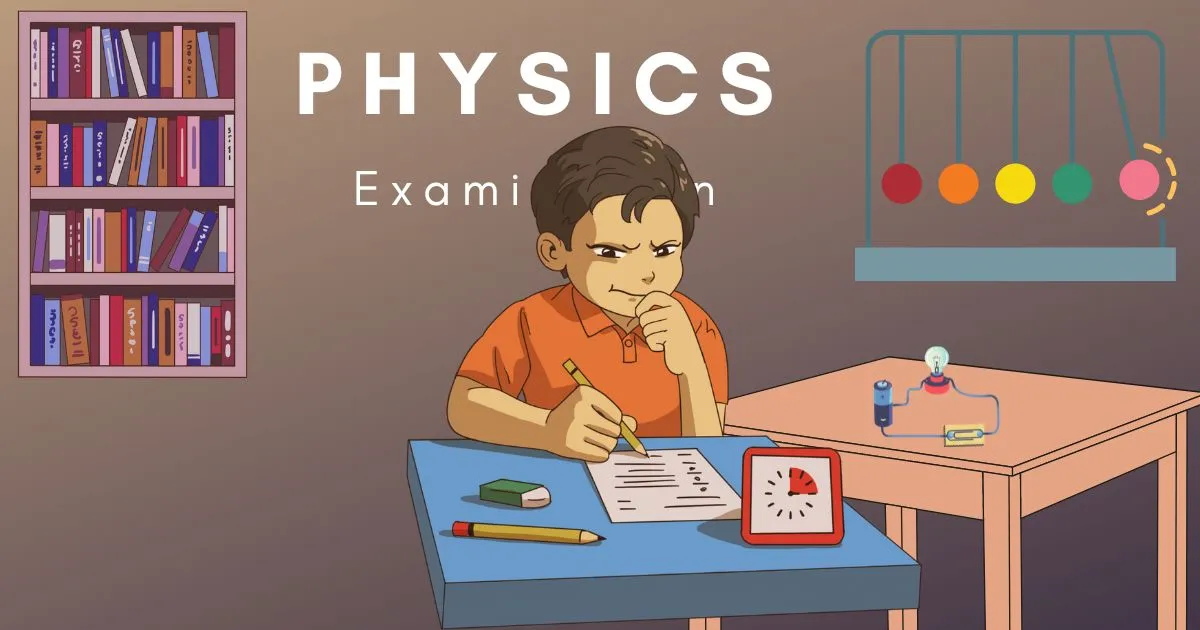Imagine riding in a car that suddenly stops — the body continues to move forward until the seatbelt pulls it back. This everyday experience perfectly demonstrates Newton’s First Law of Motion. From seatbelts to rocket launches, Newton’s Laws form the backbone of classical mechanics. Understanding these principles not only deepens the appreciation of physics but also unlocks their critical role in engineering, safety technology, and space exploration.
Newton’s First Law (Inertia)

Definition
“An object at rest stays at rest, and an object in motion stays in motion unless acted upon by an external force.”
Formula
There is no specific formula for the first law as it is a qualitative law.
Everyday Example
When a car brakes suddenly, passengers lurch forward because their bodies tend to continue moving at the same speed due to inertia.
Application
Vehicle safety systems such as seatbelts, airbags, and crumple zones are designed to counteract inertia and protect passengers during collisions.
Newton’s Second Law ( )
)

Definition
“The rate of change of momentum is directly proportional to the force applied. Force equals mass multiplied by acceleration.”
Formula![]()
- F = Force (Newtons, N)
- m = Mass (Kilograms, kg)
- a = Acceleration (Meters per second squared, (m/s²)
Everyday Example
Pushing a shopping cart is easier than pushing a car because the car has a greater mass, requiring more force to achieve the same acceleration.
Application
Aerospace engineers use Newton’s Second Law to calculate the thrust needed for rockets to overcome Earth’s gravitational pull.
Newton’s Third Law (Action-Reaction)
Definition
“Every action has an equal and opposite reaction.”
Formula![]()
Everyday Example
When swimming, pushing water backward propels the swimmer forward.
Application
Rocket propulsion operates on Newton’s Third Law — gas expulsion downward produces an upward thrust.


Real-World Applications
Modern Engineering
- Bridge Design: Accounting for forces acting on structures.
- Robotics: Balancing action-reaction forces for stable movements.
- Car Manufacturing: Optimizing crumple zones using Newton’s laws.
Space Exploration
- Orbital Mechanics: Spacecraft navigation relies heavily on understanding forces and motion.
Sports Science
- Athletic Performance: Improving sprinting and cycling through better force application.
Common Misconceptions & FAQs
Do forces cancel each other in Newton’s Third Law?
No, because they act on different objects.
Why do moving objects stop if no force is acting?
Due to external forces like friction.
How do Newton’s laws relate to Einstein\u2019s relativity?
Newton’s laws are approximations that work well at low speeds compared to light.
Historical Context
Isaac Newton, a towering figure in physics, published the Philosophi\u00e6 Naturalis Principia Mathematica in 1687. This monumental work laid down the three laws of motion, replacing Aristotelian ideas and shaping modern science.
Conclusion
Newton’s Laws of Motion continue to form the bedrock of physics and modern engineering, influencing everything from car safety designs to interplanetary missions.




